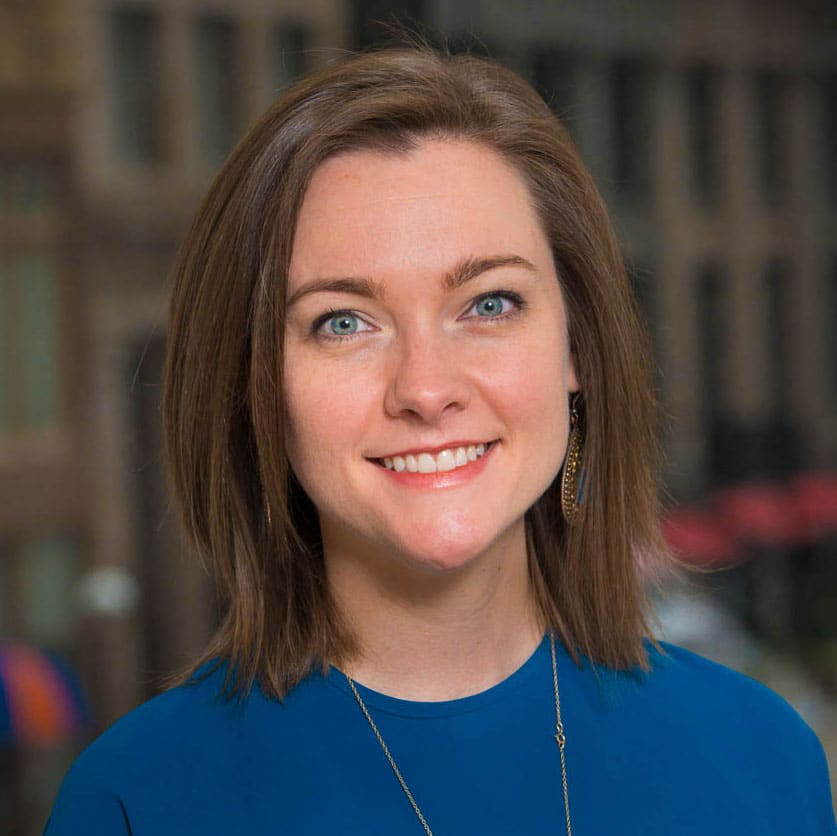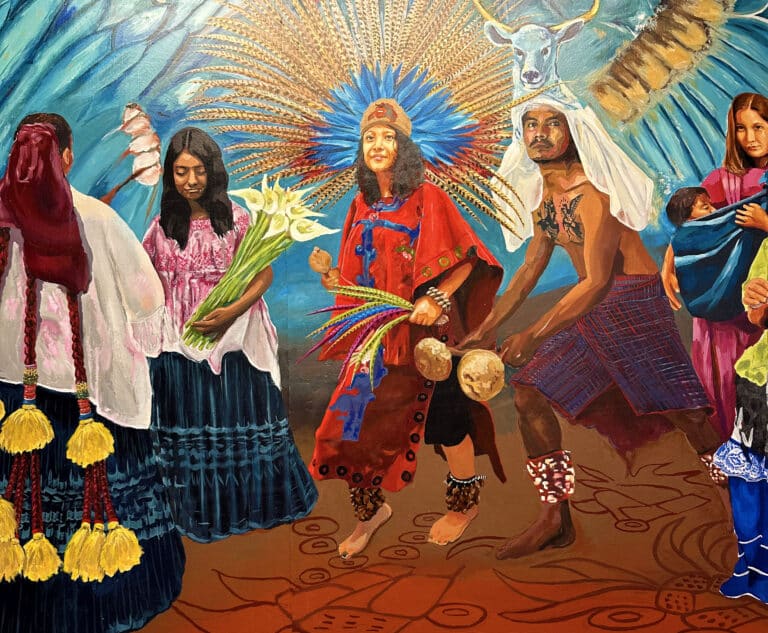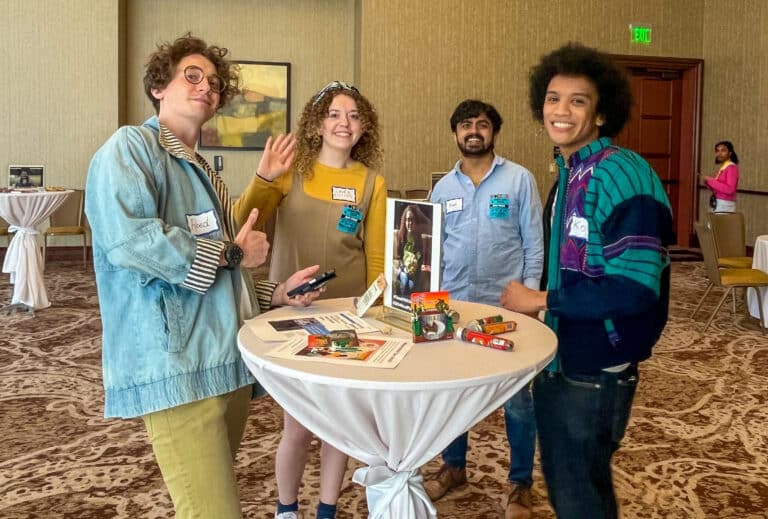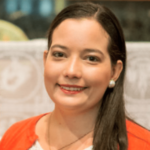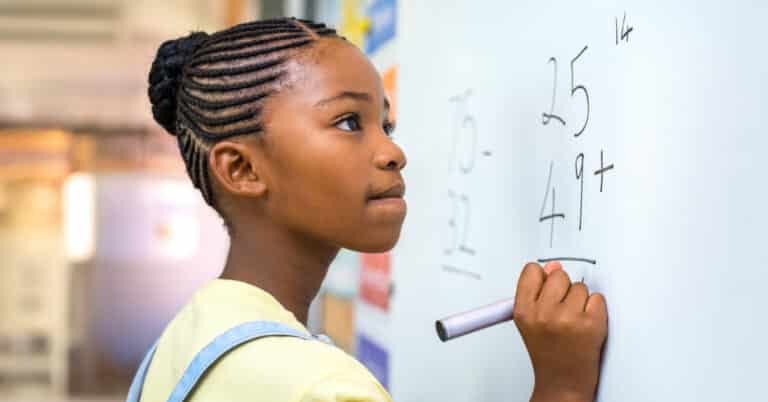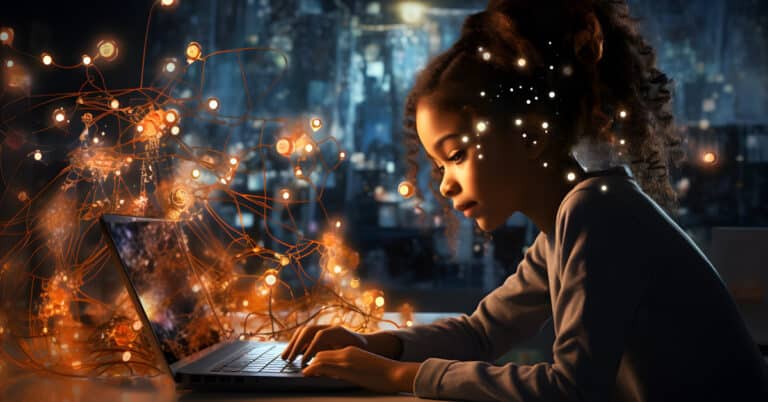I am a futurist, so my natural tendency is to think about the kind of world we might live in years from now. But these days, I am rarely thinking about the far future. Like many others, I am making choices and handling my life day-to-day or even hour-to-hour. Nevertheless, some of the tools I use as a futurist have been helpful to me as I grapple with the uncertainty of the present.
One of those tools is the cone of plausibility. The cone gives us a frame of reference for considering how different the future might be from the present. Often, we are safe to assume that the near-term future will be somewhat different from the present but not drastically so. That notion is illustrated by the narrow end of the cone extending from the present to the future. As we move further into the future, the range of what might be plausible expands. According to this framework, many more possibilities exist five years from now than exist one year from now because more variables are at play.
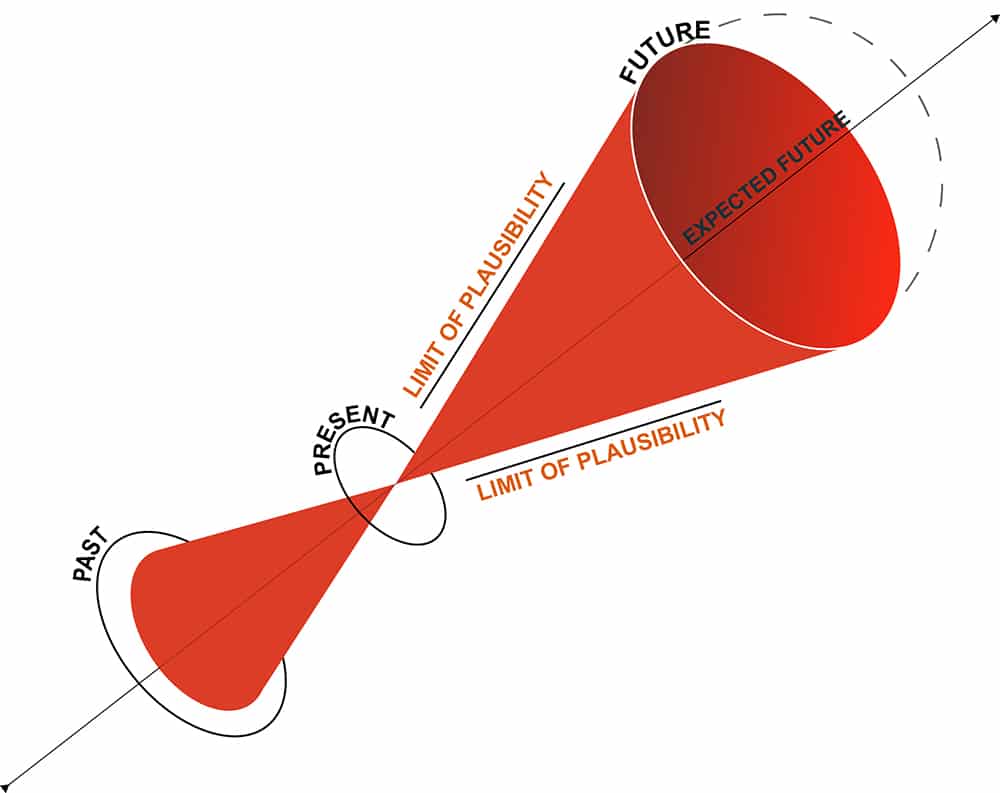
The cone of plausibility helps me understand why our current circumstances feel so jarring. We are used to having a relative amount of certainty in the short term. Usually, we can wrap our arms around what could plausibly occur tomorrow, next month and next year because those possibilities are often extensions of the present. But with the abrupt changes caused by COVID19, our short-term cone of plausibility has widened significantly. We are facing a level of uncertainty we typically associate with the far-off future.
This reality has left most of us in a very uncomfortable position. Our culture urges us to act as if we are certain, even when we are not, and to seek certainty where perhaps none exists. That stance not only closes us off to opportunity and to awareness of changing conditions during trying times but also requires that we put on a façade that is not healthy for us or for others.
However, we also cannot allow uncertainty to bring our lives to a halt. We still have important decisions to make for our families, our livelihoods and our society. How, then, should we approach this moment?
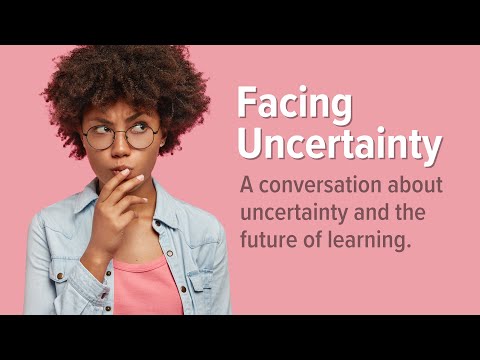
I again turn to KnowledgeWorks’ strategic foresight work and reflect on our approach to managing uncertainty. In our work with stakeholders:
- We acknowledge that a wide range of possibilities may come to pass. Some of those possibilities might be scary; others might be pleasantly surprising. The future – like the present – will include some features we hope to see and some we do not.
- We articulate uncertainties. We sometimes ask, “What if?” Other times, we identify a topic or an area of life that feels particularly uncertain. We name the uncertainties so we can sit with them, even if we cannot solve them.
- We encourage any emotional response that accompanies the process of facing uncertainty: fear, worry, hope, empowerment, confusion or any other feeling.
- We cultivate curiosity, both about the uncertainties themselves and about the questions and feelings they provoke.
- We look for opportunity amid uncertainty, asking, “What do I have the power to influence in this moment of deep change?” Small actions can have large ripple effects when our environment is shifting rapidly.
Living with uncertainty in this way is a challenge, and I am not able to do it every day. But when I am able to apply my foresight lens to my own life, I move away from fear of the unknown and toward empathy: for myself as I navigate a world with less-than-full information about what is to come and for others who are doing the same, too often without the social capital or financial resources they need to weather disruptions. And when my sense of empathy outweighs my sense of fear, I become more of who I hope to be for myself, for my family and for others in the world.
Much of what we will experience in the weeks and months to come is out of our direct control. Fortunately, we do have the chance to see, experience and live in the world in new ways, including how we approach uncertainty in our own lives.
Special thanks to Anne Olson for her help framing this post.
Often we consider our assumptions to be fact. But do they have to be? We offer processes in examining our assumptions in futures thinking.
